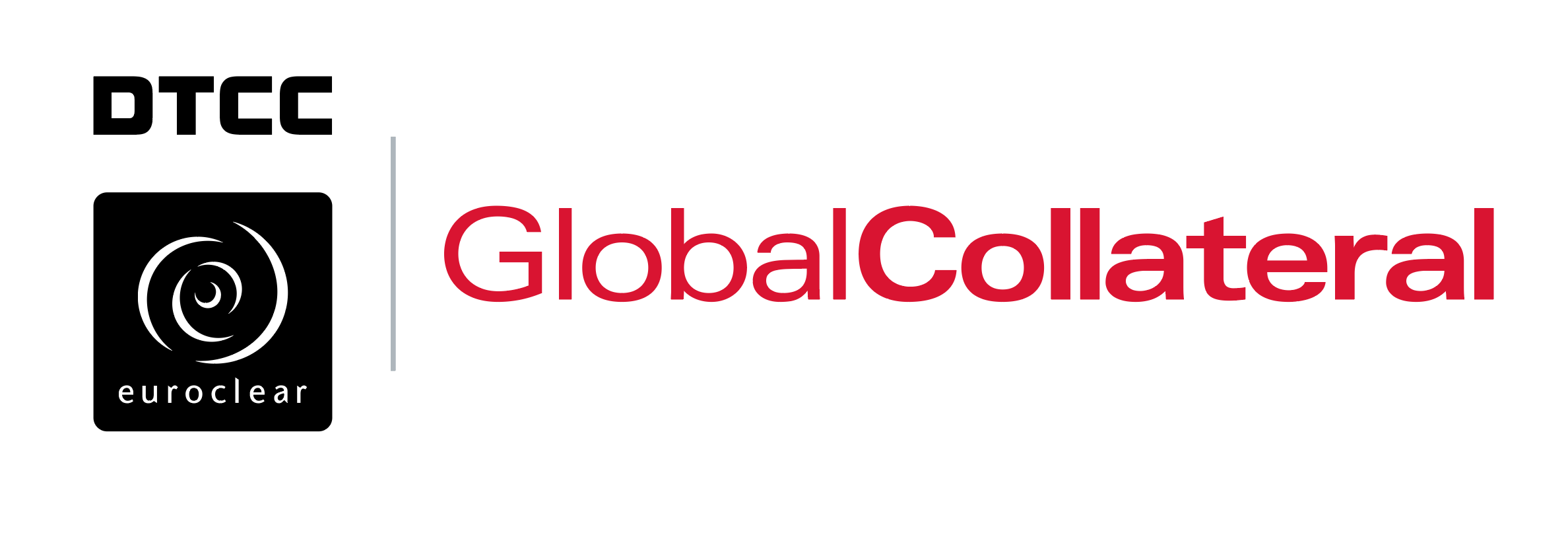Inventory mobility can deliver funding flexibility

Sponsored by
What’s 2018 throwing at your bank? Which business lines are going to outperform and where will you need to deploy capital to turn opportunity into reality and beat those challenging return-on-equity targets? The chances are that you’re not 100% sure right now where your firm will want to allocate its balance sheet and could use some funding flexibility, writes Olivier Grimonpont chief executive officer of DTCC Euroclear GlobalCollateral
One of the practical barriers that can hamper efforts to marshal financial resources on an enterprise-wide basis in support of strategic priorities is that many sell-side firms find it difficult to make non-liquid US assets available for financing transactions with a full global range of counterparties.
As such, a successful 2018 may depend on overcoming these operational hurdles. Whether you need to find ways to achieve additional balance sheet headroom, or just improve how you fund your positions, it all counts when you want to pursue new opportunities with confidence.
Access to liquidity
In recent years, banks have had to make strategic and financing decisions with one eye fixed firmly on their regulatory obligations. Compliance to the new regulations was and still is the paramount priority. But now, with many of those regulations well underway, it is time to optimize those regulatory obligations with providing room for manoeuvre and freedom to support existing business line as well as new burgeoning business lines.
Global Collateral’s Inventory Management System (IMS) enables banks to maximise how they use their non-liquid US$-denominated assets by making them available to finance overseas obligations, thanks to its highly-automated linkage between the DTC and Euroclear Bank.
With IMS, US-denominated assets held through DTC can flow back and forth to Euroclear Bank’s triparty platform in near real-time, meaning they can be used in securities financing transactions with a wide universe of cash provider counterparties, some of which have more benign collateral eligibility schedules or longer maturity tolerance than US counterparties.
The flexibility IMS offers both in terms of assets deployed – including US equities, corporate bonds and asset-based securities – and available global counterparties means users will almost never run short of funding options. As such, banks and brokers using IMS will no doubt find they have more than sufficient sources of funding for non-liquid assets.
This all equates to being able to get on with the task of deploying capital where it can drive most value.
Operational efficiency
Importantly, this funding flexibility also comes with a range of operational risk and cost-efficiency benefits. The STP nature of the IMS solution will reduce delays and trade fails that often result from cross-border collateral transfers via custodians.
In addition, the process of executing US$-denominated trades in Europe becomes more efficient as the assets reside on the Euroclear’s Collateral Highway.
The ease of DTC-Euroclear collateral flows may eliminate the need for global broker-dealers to conduct intra-firm transfers, with European institutions efficiently transferring US assets to Europe to capitalise on their strong market presence. US$-denominated assets can be swept to Europe in a single pool or commingled with assets already held at Euroclear Bank.
Maturing collateral frameworks
In an uncertain world, sell-side firms can best pursue business opportunities when they have recourse to the maximum range of funding options with minimum operational flexibility, cost, and effort. Global Collateral’s IMS helps major banks and brokers take a further step toward optimal mobilisation of their global collateral inventory.
Read Euroclear’s previous article, Meeting the Margin Challenge
Found this useful?
Take a complimentary trial of the FOW Marketing Intelligence Platform – the comprehensive source of news and analysis across the buy- and sell- side.
Gain access to:
- A single source of in-depth news, insight and analysis across Asset Management, Securities Finance, Custody, Fund Services and Derivatives
- Our interactive database, optimized to enable you to summarise data and build graphs outlining market activity
- Exclusive whitepapers, supplements and industry analysis curated and published by Futures & Options World
- Breaking news, daily and weekly alerts on the markets most relevant to you





